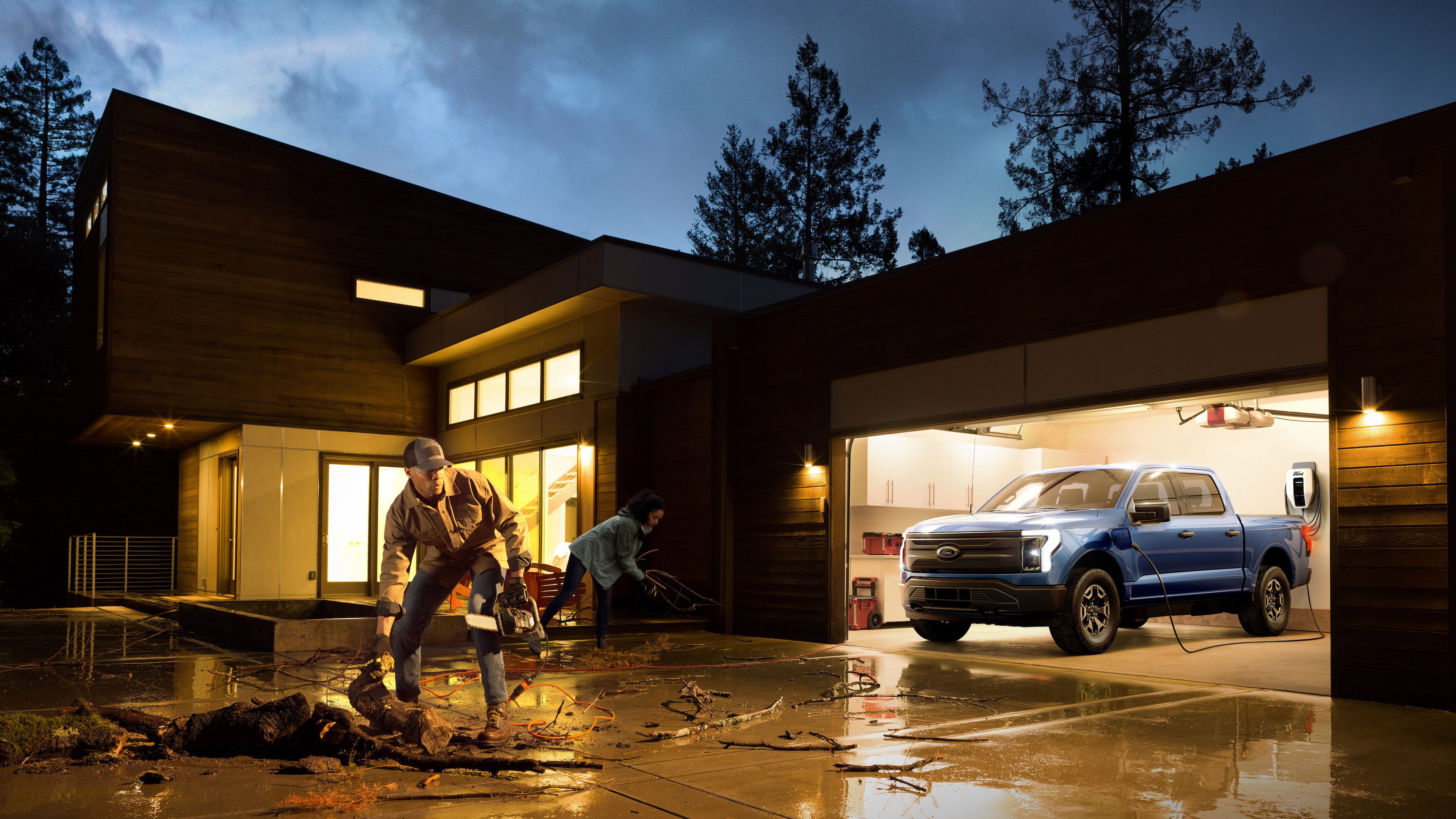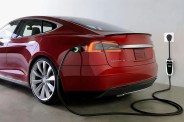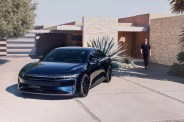You may have heard scare stories about how widespread EV adoption will overwhelm the power grid with the increased demand. The reality is that electric vehicles will, eventually, help a large percentage of American households support the power grid and save themselves money in the process. Here’s how.
The vehicle needs to be capable of bidirectional charging
Electric vehicles are giant mobile battery systems packing multiple times the capacity of a Tesla Powerwall. Every EV can take power in to charge up. But a superpower will be EVs being able to discharge energy back out.
Several vehicles offer vehicle-to-load (V2L) capability, which allows the car to draw on the battery power to run appliances. But V2L is not true bidirectional charging but functions more like an inverter. To power a home, vehicles must be capable of vehicle-to-home (V2H) charging.
And you need the proper home equipment setup for bidirectional charging
A Level 2 EV charger is great for just charging your vehicle. But a bidirectional charger is a more complex and expensive device that can charge the car, draw power from the vehicle and communicate with the grid. A Level 2 charger may cost a few hundred dollars. A setup to support bidirectional charging will likely run into the four figures, not including installation.
What vehicles can charge your home?
Vehicle, singular. The only EV currently able to power your home is the Ford F-150 Lightning pickup. You’ll need the 80-amp Ford Charge Station Pro, which comes standard on the Extended Range Lightning or is available for purchase with the Standard Range model.
The Nissan Leaf can charge bidirectionally with vehicle-to-grid (V2G) charging. But that has only been approved for commercial use, not home use. Some vehicles, like the Rivian R1T and R1S, are reportedly hardware capable of V2H charging but have not had the feature added yet.






